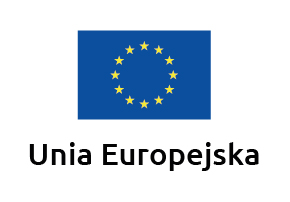Szanowni Państwo,
uprzejmie informujemy, że z dniem 01.02.2024 zaktualizujemy ceny niektórych usług. Zachęcamy do zapoznania się z nowym cennikiem.




Oncofertility – fertility preservation in patients undergoing therapy that may impair reproductive potential.
Cancer often requires aggressive radio- or chemotherapy. This type of treatment, while giving patients a chance to recover, is not without its effects on fertility. The degree of damage to the testes or ovaries depends on the type of cancer involved, the age of the patient at the time of diagnosis and the type and intensity of treatment.
According to the Recommendations of the Working Group on fertility preservation in women undergoing cancer treatment (Oncofertility) of the National Consultant in gynaecological oncology, patients who decide to preserve their fertility have a choice of the following therapeutic options:
For women, the simplest method of fertility preservation is to collect (OPU – ovum pick up) and freeze the ova. In this procedure, oocyte complexes with surrounding granulosa cells – so-called cumulus cells – are collected during ovarian puncture. Complexes are then incubated. During this time, the oocytes should complete the maturation process to the Metaphase II stage. In subsequent stages of the procedure, the oocytes, after purification (removal) of the granulosa cells, are subjected to the most effective cryopreservation method, namely vitrification.
Another option is to freeze the ovarian tissue and reimplant it in a patient who has already been cured. This way gives the woman the chance to both restore fertility and hormonal function.
In men, semen collection and freezing is recommended prior to planned oncological treatment. Once they have recovered, the semen can be used during an insemination procedure or in vitro programme. In case of azoospermia, it is possible to perform testicular biopsy (TESE) and freeze the collected material if sperm is confirmed.
In a situation where the patient is in a stable relationship and plans to have offspring in the future, it is also effective to complete part of the IVF programme and freeze the embryos, even before starting therapy.